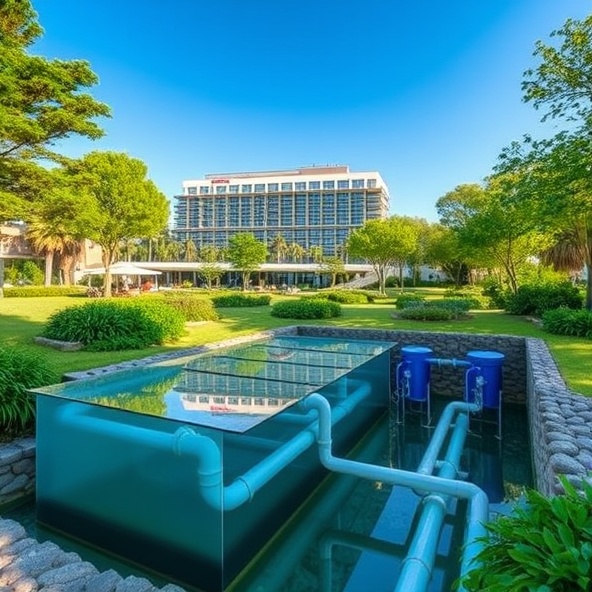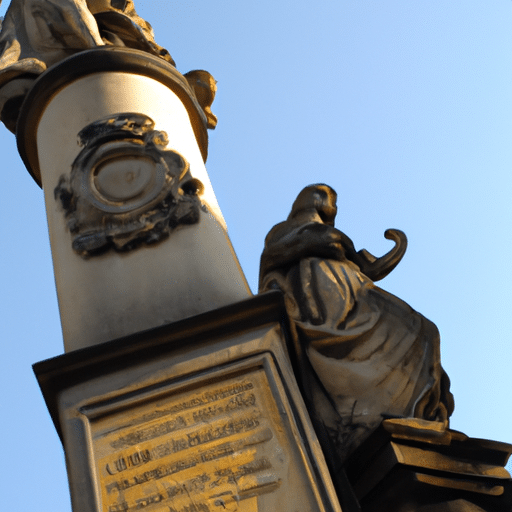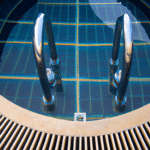Luxury Monuments: Exploring the World’s Most Exquisite Statues
Luxury Monuments: Exploring the World’s Most Exquisite Statues
The Great Sphinx of Giza
One of the world’s most recognisable monuments is the Great Sphinx of Giza. It is thought to date back to the period of the Old Kingdom in Egypt, as early as 2558 to 2532 BC. It was built to guard the entrance to the pyramid of Pharaoh Khafre, and is thought to be a representation of the Pharaoh himself. It is one of the largest and oldest statues in the world, measuring 73.5 metres in length and 20 meters in height. It has the body of a lion and a human head, and is carved from the natural limestone of the Giza Plateau. Due to the harsh desert climate and pollution, the once smooth stone is now covered in cracks and erosion. Despite this, the Great Sphinx stands as a powerful symbol of the ancient Egyptian culture and is a popular tourist attraction.
The Statue of Liberty
The Statue of Liberty, located in New York City, USA, is a colossal copper sculpture which stands at over 93 metres tall. It was a gift of friendship from France to the United States and was dedicated in 1886. The statue was designed by French sculptor Frédéric Auguste Bartholdi and was built by Gustave Eiffel. It was intended to symbolise the friendship between the two countries and to commemorate the centennial of the American Declaration of Independence. The Statue of Liberty is one of the world’s most iconic monuments and is visited by millions of people each year.
The Christ the Redeemer Statue
The Christ the Redeemer Statue is a 30 metre tall art deco statue of Jesus Christ located on the Corcovado mountain in Rio de Janeiro, Brazil. It was designed by Brazilian engineer Heitor da Silva Costa and French sculptor Paul Landowski. Construction began in 1922 and was finished in 1931. The statue is made of reinforced concrete and soapstone, and stands as a symbol of Christianity and Brazilian culture. It is one of the most recognisable monuments in the world and is visited by thousands of people every year.
The Moai Statues of Easter Island
The Moai Statues are a collection of mysterious monumental statues located on the Chilean island of Easter Island. The statues were carved by the Rapa Nui people, the island’s indigenous inhabitants, and are estimated to have been built between the 10th and 16th centuries AD. The statues are made of tuff, a type of volcanic stone, and range in size from 1 to 10 metres tall. There are approximately 887 of these statues, many of which have been restored and re-erected in the past few decades. The Moai Statues are a reminder of the Rapa Nui culture and are recognised as a UNESCO World Heritage Site.
The Statue of Zeus at Olympia
The Statue of Zeus at Olympia is a colossal statue dedicated to the Greek god Zeus, located in the Temple of Zeus in the Greek region of Olympia. The statue was sculpted by the renowned Greek sculptor Phidias and was completed in 432 BC. It is believed to be the largest statue made in the classical Greek era, standing at 12 metres tall and made of ivory and gold. The statue was destroyed by a fire in the 5th century AD, but a replica of the statue stands in Olympia to this day.
The Equestrian Statue of Marcus Aurelius
The Equestrian Statue of Marcus Aurelius is a bronze equestrian sculpture located in the Piazza del Campidoglio in Rome, Italy. It was commissioned by the Roman Emperor Marcus Aurelius and was completed in 176 AD. The statue is 12 metres tall and depicts the Emperor in a heroic pose atop a horseback. It is the only surviving equestrian statue from the Roman era and is an example of the Roman Empire’s prowess in sculpting. The statue has been restored multiple times and is a symbol of the importance of civic duty in Roman society.
The Buddha Statue at Wat Pho
The Buddha Statue at Wat Pho is a 45 metre tall statue of a reclining Buddha located in the Wat Pho temple complex in Bangkok, Thailand. It is one of the largest and oldest Buddha statues in Thailand, carved from a single block of Burmese jadeite. It is thought to have been created some time between the 13th and 16th centuries AD, and is considered one of the country’s national symbols. The statue is a popular tourist attraction, and is a reminder of the importance of Buddhism in Thai culture.
The Statue of David
The Statue of David is a Renaissance sculpture located in the Galleria dell’Accademia in Florence, Italy. It was sculpted by the renowned Italian sculptor Michelangelo between 1501 and 1504. The statue is 5.17 metres tall and is made of marble. It is a depiction of the Biblical figure David and is considered a masterpiece of Renaissance sculpture. It is one of the most recognised works of art in history and is a symbol of the city of Florence.
The Persepolis Gate of All Nations
The Gate of All Nations is a grandiose monumental gate located at the ruins of Persepolis, an ancient Persian palace complex in Fars Province, Iran. The gate is believed to have been built between 519 and 486 BC and is thought to be the main entrance to the complex. It stands at 8 metres tall and is decorated with reliefs of a variety of figures, including Persian kings, griffins, lions and bulls. The gate is a reminder of the grandeur of the ancient Persian Empire, and is an important symbol of Persian culture.
The Moai Statues of Rapa Nui National Park
The Moai Statues of Rapa Nui National Park are a collection of mysterious monumental statues located in the Chilean island of Rapa Nui (also known as Easter Island). The statues were carved by the Rapa Nui people, the island’s indigenous inhabitants, and are estimated to have been built between the 10th and 16th centuries AD. The statues are made of tuff, a type of volcanic stone, and range in size from 1 to 10 metres tall. There are approximately 887 of these statues, many of which have been restored and re-erected in the past few decades. The Moai Statues are a reminder of the Rapa Nui culture and are recognised as a UNESCO World Heritage Site.
The Ushiku Daibutsu Buddha Statue
The Ushiku Daibutsu Buddha Statue is a colossal bronze statue of the Amida Buddha located in Ushiku, Japan. The statue is a whopping 120 metres tall and is recognised as the world’s tallest bronze Buddha statue. It was completed in 1995 and is a popular tourist attraction. The statue is a reminder of the importance of Buddhism in Japanese culture and is a symbol of peace and friendship.
Conclusion
The world is filled with majestic monuments that capture the beauty and grandeur of the cultures and civilisations which created them. From the Great Sphinx of Giza to the Statue of Liberty, there is a wide variety of luxury monuments for all to explore. Each of these monuments has a unique history and purpose and stands as a symbol of the culture and civilisation which created them. Whether you are looking for a reminder of the grandeur of the Roman Empire or the mystical secrets of the Rapa Nui people, there is something to be found in these exquisite statues.Być może marzy Ci się odwiedzenie najsłynniejszych posągów świata? Zobacz, gdzie możesz je spotkać, klikając w link poniżej : ekskluzywne pomniki.














































